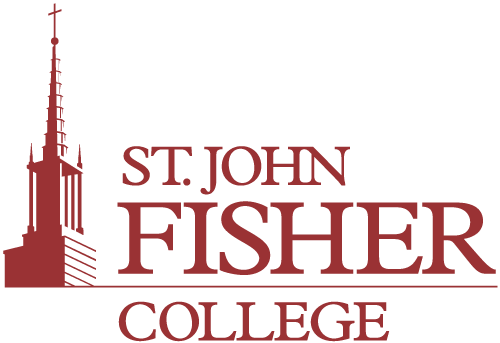Learning Outcomes
Program Goals and Student Learning Outcomes
Goal #1: Students will use logic and insight to analyze problems, develop solution strategies, implement their strategies, interpret their results, and reflect on the entire process to see how it might be improved and generalized.
- Students solve practical, quantitative problems and reflect upon the process.
- Analytical, numerical, visual, and verbal strategies are applied to problem solving.
- Technology is used appropriately.
- Students solve abstract mathematical problems and reflect upon the process.
Goal #2: Students will extend their abilities to develop, refine, and prove mathematical conjectures.
- Students prove mathematical conjectures using mathematical argument.
- Students use appropriate notation and language.
- Students critique their proof-based thinking.
Goal #3: Students have an understanding of connections between mathematics courses, among topics within single courses, and between mathematics and other disciplines, particularly the natural and social sciences.
- Students cite and explain connections between mathematics courses, among topics within single courses, and between mathematics and other disciplines, particularly the natural and social sciences.
- Individuals and teams build and evaluate mathematical models to deepen their understanding of the mathematics and gain insight into the application area.
- After building and evaluating models, students generalize their results to consider their implications and impacts.
